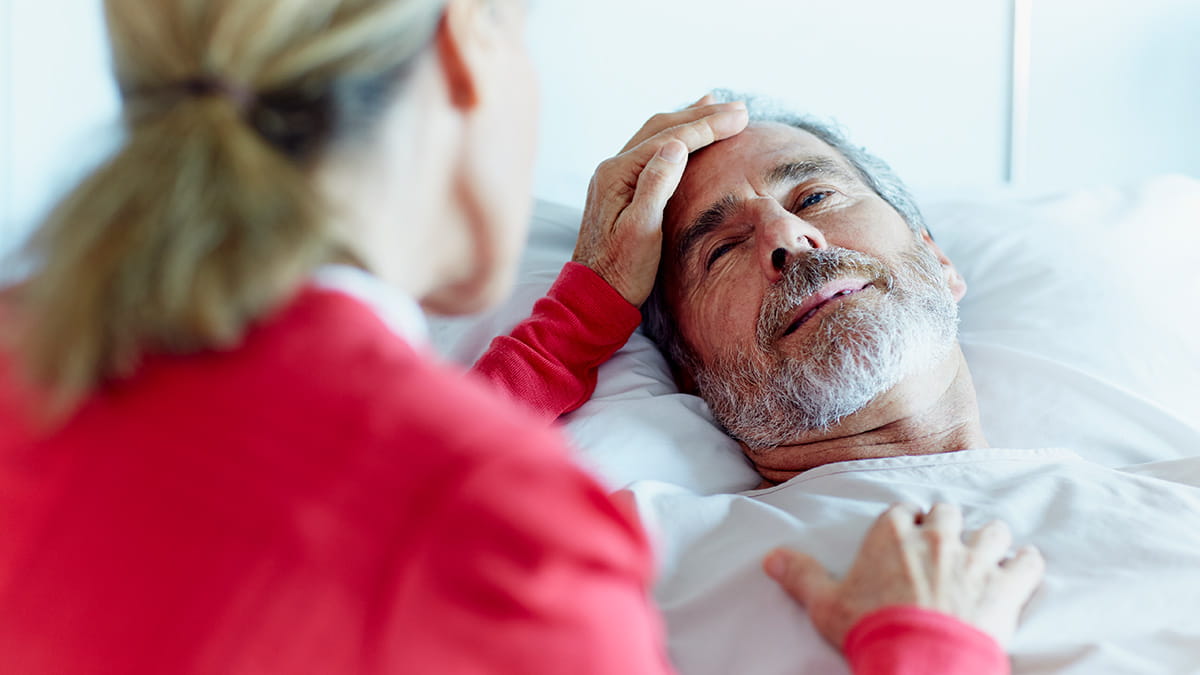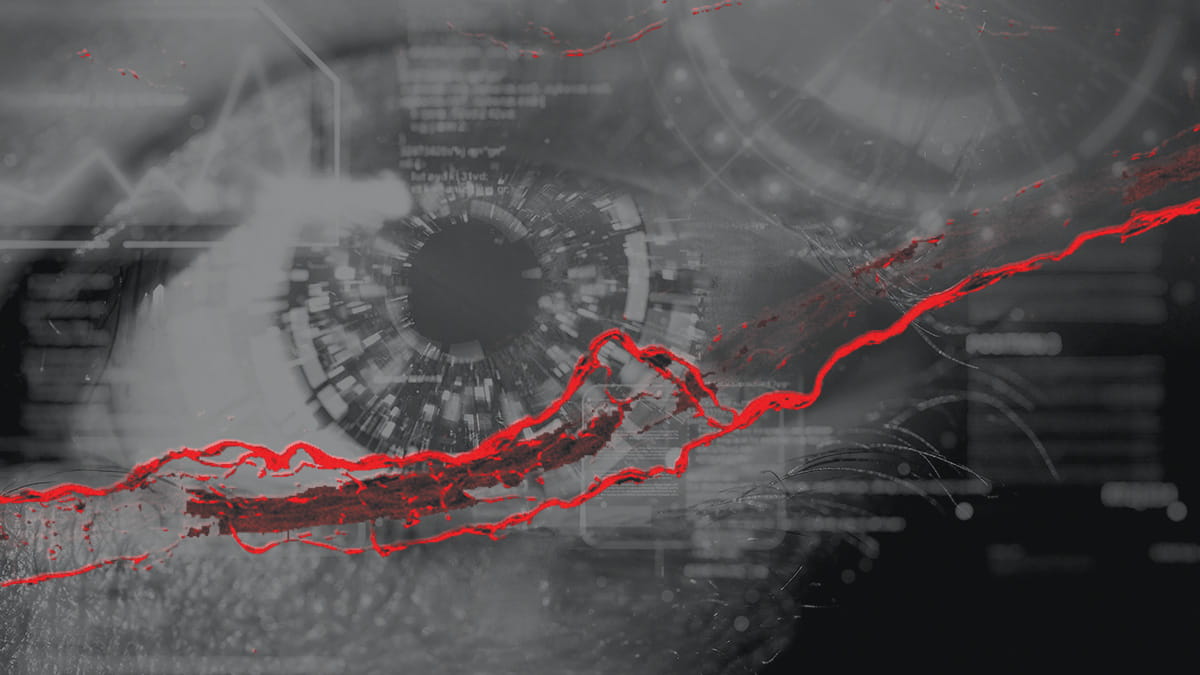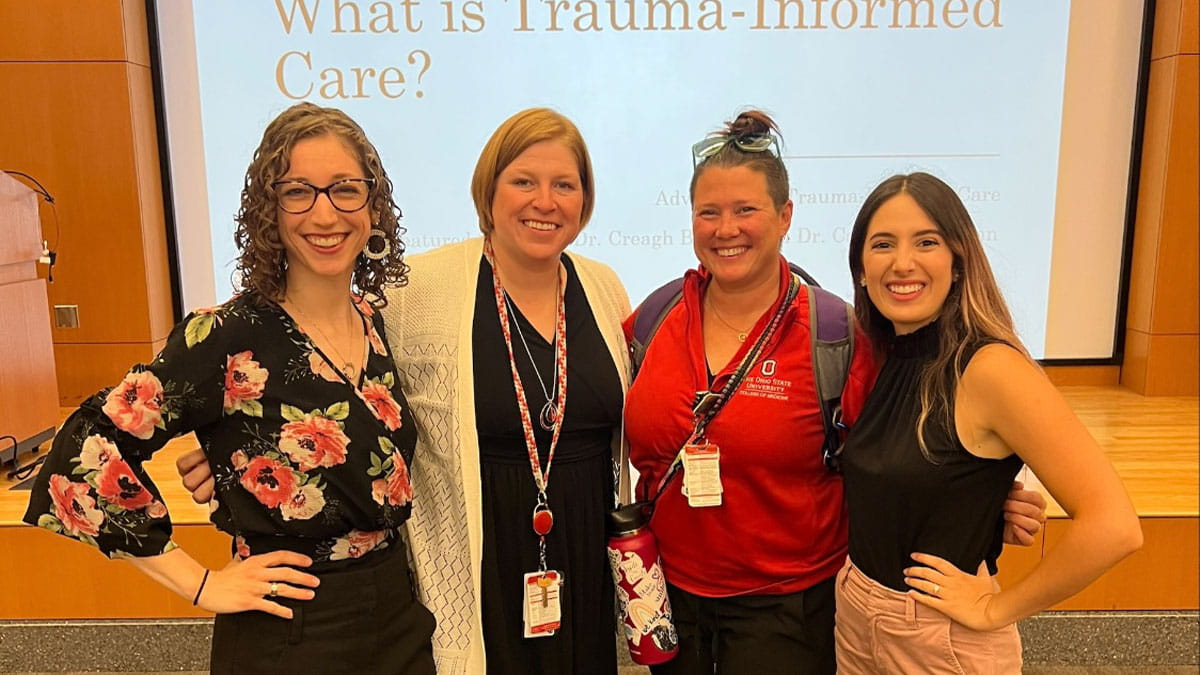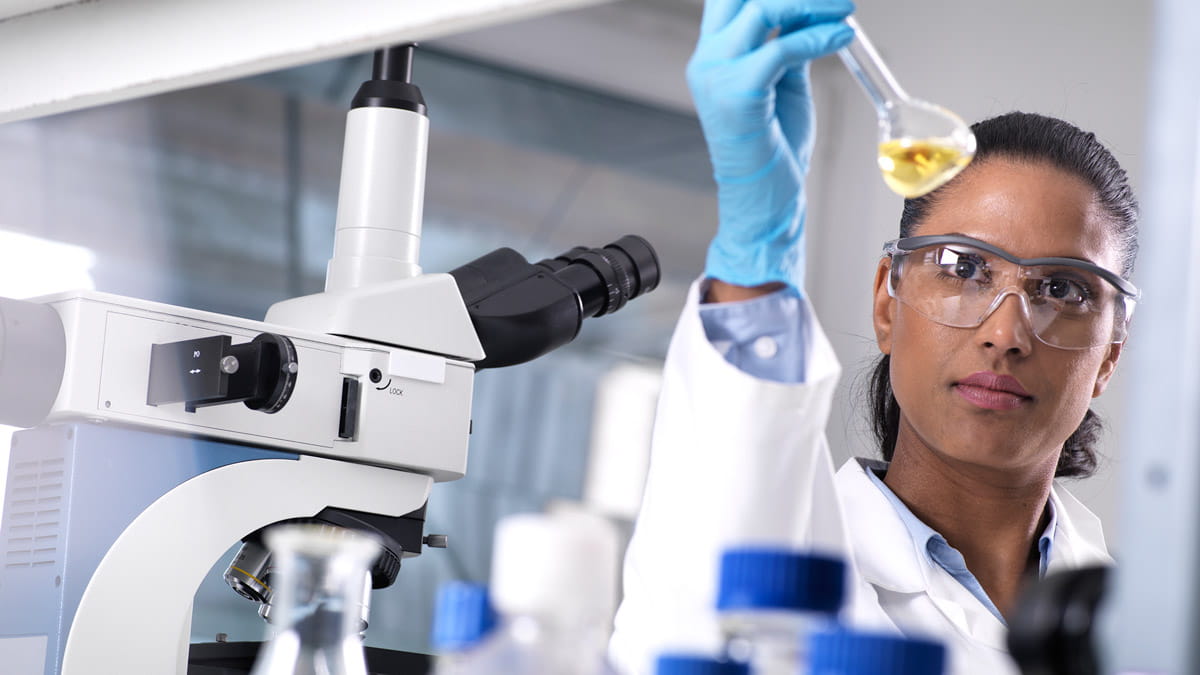Researching the far-reaching pathophysiological consequences of ischemic stroke
 Ischemic stroke deprives the brain of sufficient blood flow, which prompts a series of neurotoxic and damaging events throughout the body. The resulting inflammation and cell death contribute to stroke being a leading cause of mortality and disability across the world.
Ischemic stroke deprives the brain of sufficient blood flow, which prompts a series of neurotoxic and damaging events throughout the body. The resulting inflammation and cell death contribute to stroke being a leading cause of mortality and disability across the world.
New research led by Maria Balch, PhD, a postdoctoral scholar in the Department of Neurology at The Ohio State University College of Medicine, looks beyond the effects of stroke on the brain and into components of the neuromuscular system that are rendered dysfunctional after stroke.
Dr. Balch, who has a PhD in anatomy, says she approaches her work by viewing the body as a whole and suggests stroke is a systemic disease because everything is connected.
“Stroke affects cardiovascular, endocrine, gastrointestinal, lymphoid, respiratory, urinary and musculoskeletal tissues,” Dr. Balch says. “When considering stroke disability, if we can figure out how to slow or stem neuromuscular effects and the consequential decline, we can improve functional recovery in stroke survivors.”
Considering most stroke victims require months and even years of rehabilitation and are often still left with disability, this research has the potential to influence the length and intensity of rehabilitation and recovery. Further, better understanding how motor neurons communicate with the muscular system — and how to remedy the associated disruption in communication after stroke — could impact the understanding of other age-related and genetic neuromuscular disorders and nervous system injuries.
For this recent study, Dr. Balch and her team used a rat model to define neuromuscular dysfunction following ischemic stroke. Specifically, they reported reduced muscle contractility and loss of motor unit connectivity in stroke-affected muscle. Dr. Balch also described novel alterations to morphology at the neuromuscular junction (NMJ), the synaptic point of communication between the nervous system and skeletal muscle. The team then examined whether robot-assisted mechanical therapy (RAMT), which was previously found to improve functional recovery in rats, offered therapeutic protection at the NMJ. Indeed, RAMT treatment protected against the stroke-induced NMJ changes.
Dr. Balch says that ongoing work will further examine the signaling mechanisms responsible for muscle changes after stroke and offer evidence-based methods to therapeutically improve neuromuscular function. This will also provide data to better inform guidelines on the type and timing of rehabilitation, as well as measures of muscle function that could be useful in determining progress in functional recovery. This is important because recent research suggests neuroplastic remodeling continues beyond one year post-stroke, the timepoint by which most rehabilitation has already stopped.
“You need evidence to prescribe or define protocols when it comes to the rehabilitation of motor function after stroke,” Dr. Balch says. “This work could establish mechanical physiotherapy as a potential adjunct to existing stroke rehabilitation recommendations.” It could also go a long way in expanding rehabilitation guidelines and improving the quality of patients’ lives. “If we can understand the peripheral effects of injury to the brain, which disrupts motor communication, we can better design interventions to rehabilitate the neuromuscular system and tailor rehabilitation accordingly.”



